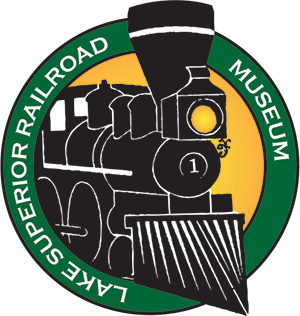Electric Locomotives
The museum is fortunate to have 2 electric locomotives and 1 trolley car in the collection. The Milwaukee Road box cab electrics #10200, was built in 1915, the Milwaukee Road electrified much of its Pacific Extension across five mountain ranges in Montana, Idaho, and Washington. Eventually 660 miles of main line were electrified; for many years this was the longest main line.
Hanna Mining Co. Electric Locomotive #307, constructed by General Electric in 1928, is typical of the many electric locomotives formerly used in mining and industrial railroad operations. Hanna Mining ordered three 60-ton steeple-cab locomotives, #301-303, from General Electric in 1924.
In 1976, the museum acquired the 900mmgauge streetcar from Lisbon, Portugal, #530 which approximate the relative size and appearance of the original Duluth cars. #530 was built in 1926 using wooden bodies fabricated by the Lisbon Tramway Company and occasionally operates for museum guest rides.
Electric locomotives and streetcars (trolleys) draw their power from overhead lines, called catenary. To pick up the electricity, electric locomotives are equipped with pantographs — booms that extend above and over the locomotive with “shoes” to collect the electricity and then convert it into whatever horsepower the locomotive is rated for. In the steam era, electricity was used to eliminate smoke and take advantage of the high efficiency of electric motors; however, the cost of railroad electrification meant that usually only heavily used lines could be electrified. They were also used in areas with steep grades and where operating problems precluded the use of steam power, such as some of the mining areas of Northern Minnesota, and in mountainous regions, such as Milwaukee Road’s western lines.



